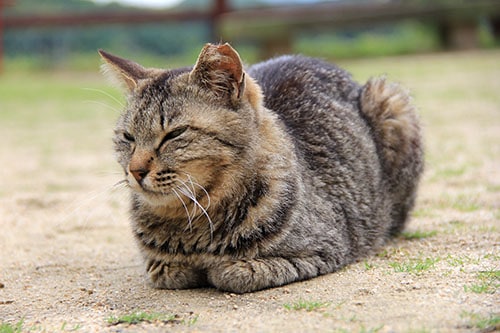
Trap-Neuter Return (TNR) is a humane method of managing and limiting the growth of the free-roaming cat population (feral and stray domestic cats) through live-trapping and sterilization. Feral cats grow up with limited human contact, are very wary of people, and have effectively become part of the local wildlife.
Feral cats and stray domestic cats contribute significantly to unwanted litters of kittens each year.
Feral cats live outdoors, often in groups known as colonies. Cats in a colony share a common food source and territory. In most cases, sterilized TNR cats are returned to their original colony location to discourage non-sterilized cats from moving in to occupy a vacated space.
Kittens and adoptable stray cats trapped during TNR are brought to the shelter for socialization and adoption. Less socialized cats that are not suitable as indoor pets may be adopted as barn cats for a nominal fee as long as adequate shelter, daily food and water, warmth, and long-term veterinary care are provided.
The Process

HSPS works with volunteers to conduct TNR trapping. Trapped cats are sterilized by local veterinarians working in partnership with HSPS. TNR cats are examined and vaccinated against common feline viruses and rabies. HSPS pays the costs associated with TNR veterinarian services. Funding for TNR comes from grant money, when available, and donations from the public.
Ear tipping is a universally accepted method of easily identifying free-roaming cats that have gone through TNR and have already been sterilized and vaccinated. During surgery the tip of an ear, usually the left, is removed. Ear tipped cats that are trapped again during TNR are immediately released.

